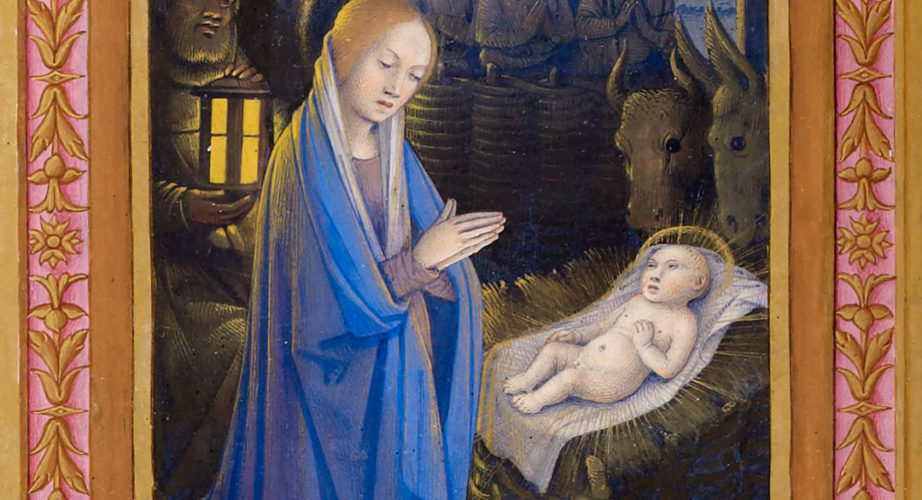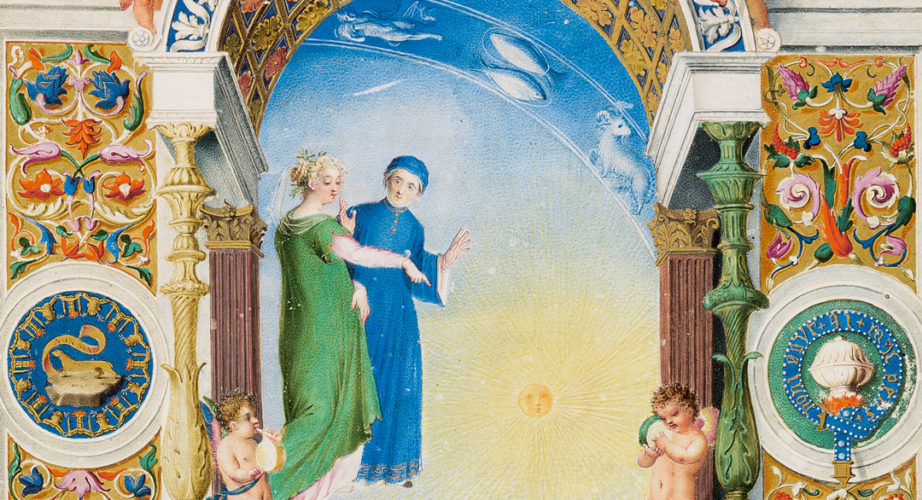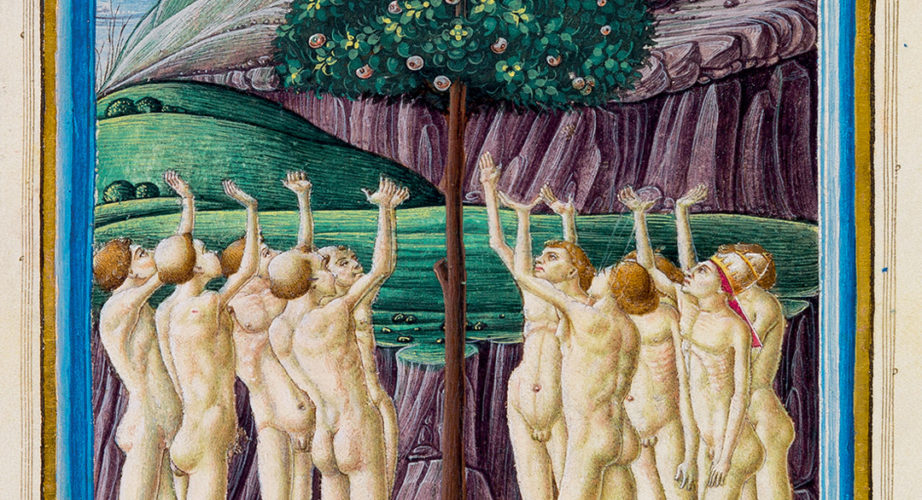SAY CHEESE! Cheesemaking in the Middle Ages
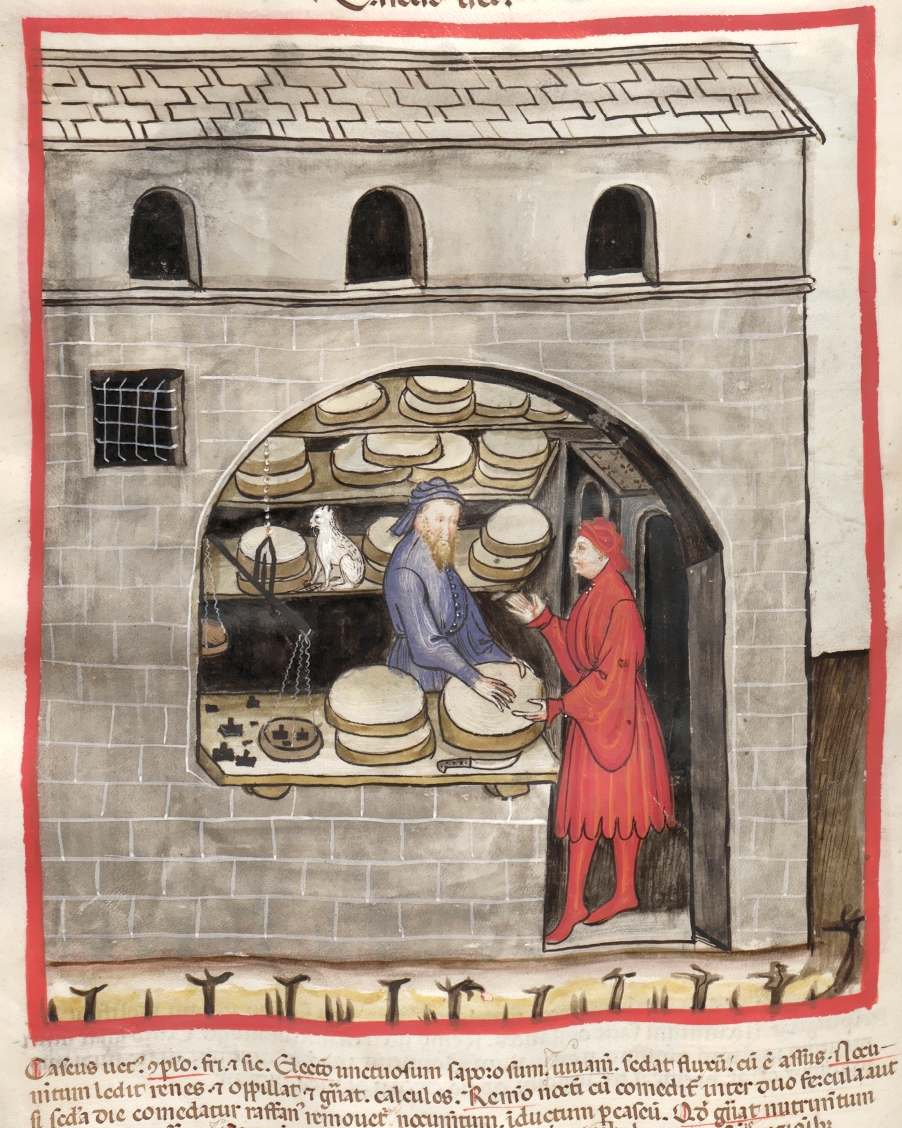
Did you know that even cheeses have birthdays? Well, at least that is the case for Roquefort, the famous French cheese that is officially turning 608 years old today!
On June 4, 1411, King Charles VI of France declared that only the people of the town of Roquefort-sur-Soulzon had the right to sell cheese with the official name of "Roquefort". This event is historically considered to be the first instance of a legally protected designation of origin, the effect of which still continues to this day! The name "Roquefort", however, was already in use well before the intervention of Charles VI: some say that the cheese was already in production at the time of the Romans, and that even Pliny the Elder would have mentioned a blue-stringed cheese being made in the region. Without a definite birth date, however, it is safe to assume June 4 as the "formal" birthday of Roquefort!
What is certain is that, despite probably dating back even to prehistory, cheesemaking as a craft became incredibly widespread mostly during the Middle Ages: many popular cheeses, such as Camembert, Cheddar, Parmesan, and Gruyère, were in fact developed at this time. Cheese soon became essential for everyday life thanks to its efficiency in preserving milk (one of the greatest sources of quality nutrients at the time and today), making cheese a valuable product people could either store for winter or even sell: hard cheese ("Caseus vetus", old cheese, in contrast whith "Caseus recens", fresh cheese), especially, was extremely important, as it could be traded and carried by merchants for longer distances and longer periods of time. People would adapt the process of cheesemaking depending on the geographical characteristics of the region they lived in, leading to the great variety of products we know today; moreover, the main ingredient for medieval cheese seems to have been sheep's (and not cow's!) milk, at least up until the 14th or 15th century.
In this regard, Roquefort still represents the epitome of medieval cheese: made entirely from the milk of the Lacaune breed of sheep, the cheese is aged inside a set of local caves, where the characteristic mold (found in the soil of the caves) is also added. Legend has it that Roquefort was "invented" when a young man, while eating plain cheese, saw a beautiful girl and quickly abandoned his meal in a nearby cave in order to follow her. Months later, when he finally returned to the cave, he found that his cheese had molded, effectively transforming into Roquefort.
"Caseus vetus" and "Caseus recens", illuminations from the manuscript "Tacuinum sanitatis", ms. Cod. Ser. n. 2644, f. 60r-v, 1380-1399, Österreichische Nationalbibliothek, Wien.
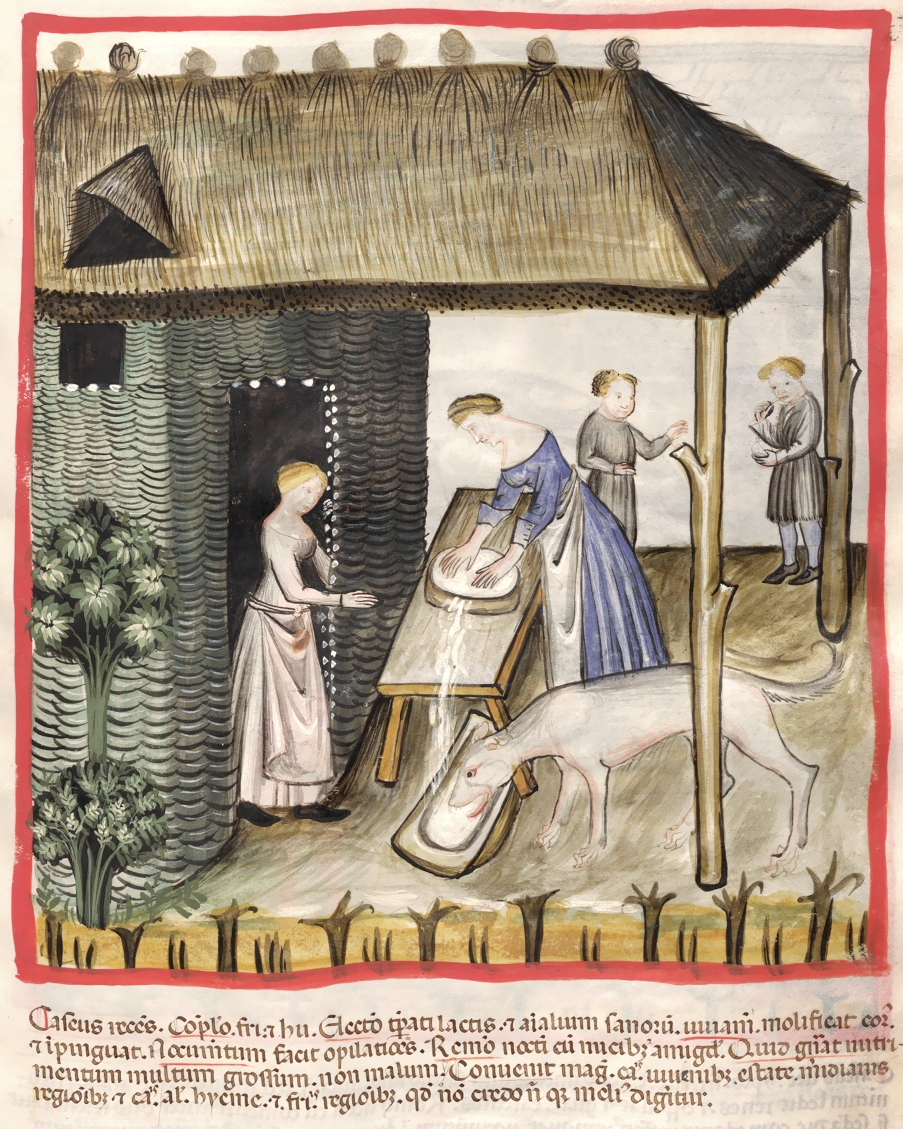
Folia Magazine wishes all of you the happiest of Holidays with this delicate,…
The cover page of the Paradiso displays an architectural structure that is complex…
As the three poets continue their journey through Purgatory, they reach the sixth…
